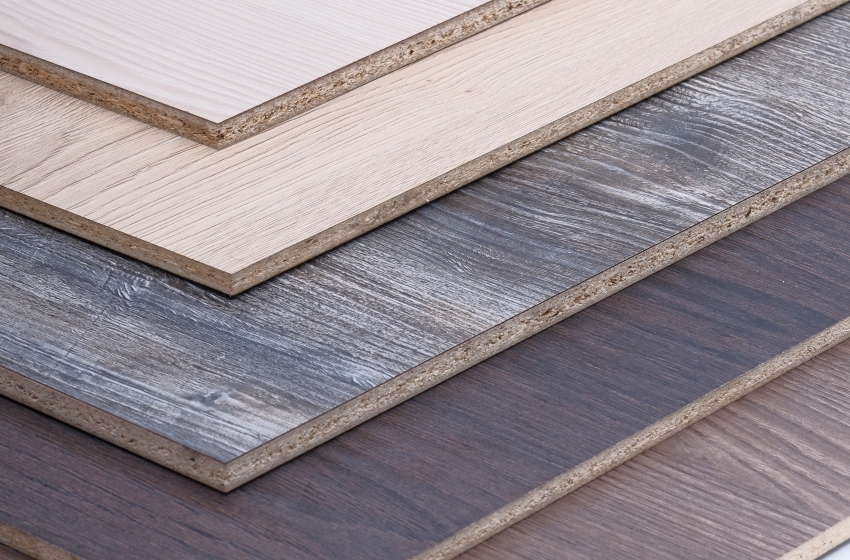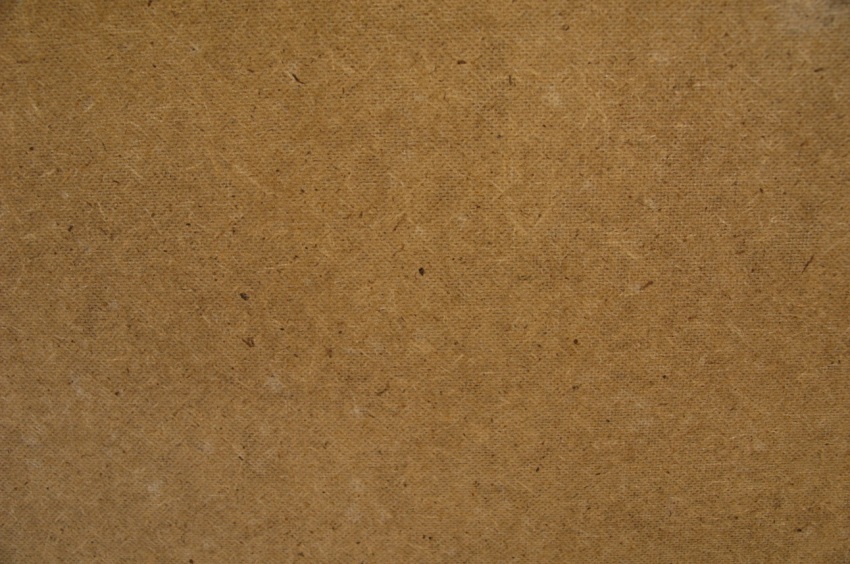Content
- Wallpaper for painting, what are they?
- Paper
- Acrylic or Vinyl
- Non-woven
- Fiberglass Wallpaper
- Choose paint
- Latex compounds
- Water emulsion
- Alkyd
- The right approach
- Tinting
Individual decoration of the apartment is no longer considered something unusual and inaccessible. You can achieve exclusivity in design by resorting to a simple and popular way - coloring the wallpaper. Paint for wallpaper for painting allows you to choose absolutely any color scheme and transform the interior beyond recognition.

Wallpaper for painting, what are they?
Many are interested in what kind of wallpaper can be painted. Material that can be painted includes:
- Cullets.
- Non-woven wallpaper.
- Paper.
- Vinyl on a non-woven basis.
This does not mean that you can paint any paper or vinyl wallpaper.

For painting, only that wallpaper material that is specially designed for this, is specially treated and has a special mark that it is allowed to be painted, is suitable.
Paper
To begin, consider the classics - paper wallpaper for painting. They differ from the usual ones in the presence of several layers of paper impregnated with a water-repellent composition. In addition, they do not have a printed pattern, their surface has a relief structure.
Do not try to paint ordinary paper wallpapers! Most likely, they will get wet and fall off.
Any type of water-based paint can be applied to paper wallpapers specially designed for coloring; a qualitative result can be achieved by choosing a roller as a tool.

Acrylic or Vinyl
Staining vinyl wallpaper for painting strengthens their top layer, so it is recommended to apply paint a few days after gluing. For vinyl wallpaper fit:
- water emulsion compositions that will create a pleasant matte surface;
- acrylic and latex - will achieve the effect of gloss.

Non-woven
For non-woven wallpaper for painting, you can use various compositions, but acrylic or latex paint is best suited. To work with them, it is better to choose a brush that has a hard pile, so the working surface will be painted better.
USEFUL INFORMATION:How to make a bas-relief on the wall with your own hands (8 photos)
There is a rather unusual technique for painting such wallpapers: applying paint to the inside before gluing. Want to get an interesting color cast and emphasize the structure of the non-woven fabric? Then this method is for you. But remember - only an acrylic composition is suitable for these purposes.

Fiberglass Wallpaper
You can paint any cullet, because it is incredibly durable and waterproof material. You can use any kind of paint, but it is better to give preference to all the same acrylic or latex compositions, providing ease of care in the future. Cullets withstand the application of dozens of layers of paint, without losing their properties.

Note! When painting glass, it takes a lot of paint. To reduce material consumption, you can apply a thick layer of PVA glue to the wallpaper before painting and wait until it dries.
Choose paint
Paints for wallpaper for painting are divided into the following types:
- water emulsion;
- latex;
- acrylic;
- alkyd.
The first three compounds have a water base. Paints based on chemical solvents can disrupt the outer layer of the processed surface, therefore they are practically not used in interior decoration.

Advantages of painting:
- Exclusivity.
- Profitability interior renovation at minimal cost.
- The ability to hide minor surface defects.
Consider wallpaper paints in more detail.
Latex compounds
Paint for wallpaper for painting based on latex allows you to create a high-quality coating, but it has its own characteristics.
Pros:
- environmental friendliness;
- security;
- resistance to ultraviolet;
- uniformity of application;
- resistance to mechanical stress;
- water-repellent properties - it is allowed to remove contaminants with a wet sponge or rag without the use of chemicals.
Minuses:
- high price;
- after opening the packaging must be used within a few hours, otherwise the paint will become unusable (dry).
- dries on the surface within a few days.
USEFUL INFORMATION:Design of a bathroom with a toilet (32 photos)

Some features of latex paint:
- Latex formulations are classified by degree of gloss. This indicator is displayed on the packaging in the name itself or in digital form. The larger the number, the more glossy the surface will be.
- Glossy coating emphasizes all the reliefs and bumps, dirt and prints are noticeable on it.
- The use of glossy paint on the ceiling will make it visually higher due to a partial reflection of the space of the room. The ceiling in this case should be perfectly flat.
- The latex composition is diluted with water before use.
Acrylic (water dispersible)
Acrylic paints have an optimal price-quality ratio: they are cheaper than latex and better than water-based compositions. They can be applied on both sides of the wallpaper.
Pros of acrylic composition:
- Dries quickly on the surface.
- The applied coating is breathable.
- It is not removed by water, only by solvent.
- Abrasion resistance.
- The color scheme is presented in a wide range.

Water emulsion
Use "water emulsion" is best in dry rooms. This is a great option for painting paper wallpaper on the ceiling. Feature - the presence of only matte or silky shades.
Pros:
- affordable cost;
- lack of smell.

Minuses:
- afraid of moisture;
- the choice of colors is limited, but color can be used.
It is best to apply a water-based paint in 2-3 layers.
Alkyd
Alkyd compounds are durable, water resistant, but suitable exclusively for fiberglass wallpaper.
An important point! Alkyd paint creates an airtight film, so it is better not to use it to maintain a favorable microclimate in the nursery, in the bedroom and in the kitchen.
The right approach
When the wallpaper is already pasted, the paint for wallpaper for painting has been selected and bought, you can go directly to the art process.
USEFUL INFORMATION:Do-it-yourself soft wall panels
If the wallpaper is pasted recently, there is no dust and dirt on them, then they can not be primed.
Tools and materials we need:
- brush;
- roller - the length of the pile depends on the paint used (the best option is the average pile);
- portion tray;
- masking tape;
- floor covering (film, oilcloth);
- the paint itself.

Work Stages:
- Along the perimeter of the painted surface, where it is in contact with the ceiling and floor, masking tape is glued.
- Covering material spreads on the floor (if paint drips).
- The composition for coloring is prepared - if necessary, diluted, poured into the tray.
When rolling the roller, the paint should uniformly impregnate its entire surface, but there should not be too much, for this it should be carried out with a roller along the ribbed surface of the tray.
- The roller rolls along the wall several times with the same pressure and in one direction.
- Corners and places next to masking tape are stained with a brush.
- All painted surface should be processed in one step.
Remember: applying paint for wallpaper occurs only after the surface has completely dried, ideally, two days should pass after wallpapering.
Tinting
Not always the color shade that I would like to see on the walls or ceiling can be found on the shelves. In this case, salvation will be tinting.
There are two tinting methods in total:
- Manual. You can carry it out at home. Separately purchased a white base and color. The saturation of the final hue depends on the amount of color added: the color is brighter the more pigment is added. When the paint dries, the color will be a little different. Therefore, it is better to use the second method.
- Computer. It is carried out in stores. The buyer selects the desired shade, and the computer calculates what consumption and which pigment is needed to obtain the desired shade after drying.

Go ahead, try, look for your color or combine several shades you like.

EXPERT SITE
Tsugunov Anton Valerevich
Master Station Wagon
- Since 2003, I have been engaged in the repair and decoration of premises.
- Over 100 completed objects.
- I appreciate the quality, more than the quantity!
Personal page >>>
Friends!
I offer you the service "Friend Builder"
As this site develops, subscribers and visitors are turning to me more and more often asking for help with advice on various issues of repair and decoration.
Questions are sometimes asked very complex and interesting. You can’t write an article for each situation, so I decided to advise you individually.
Thanks to you, friends, a new direction of my favorite work has been born - share your experience and benefit everyone who is undergoing repairs!
Get a one-time consultation from me >>>
Order full apartment repair support >>>


